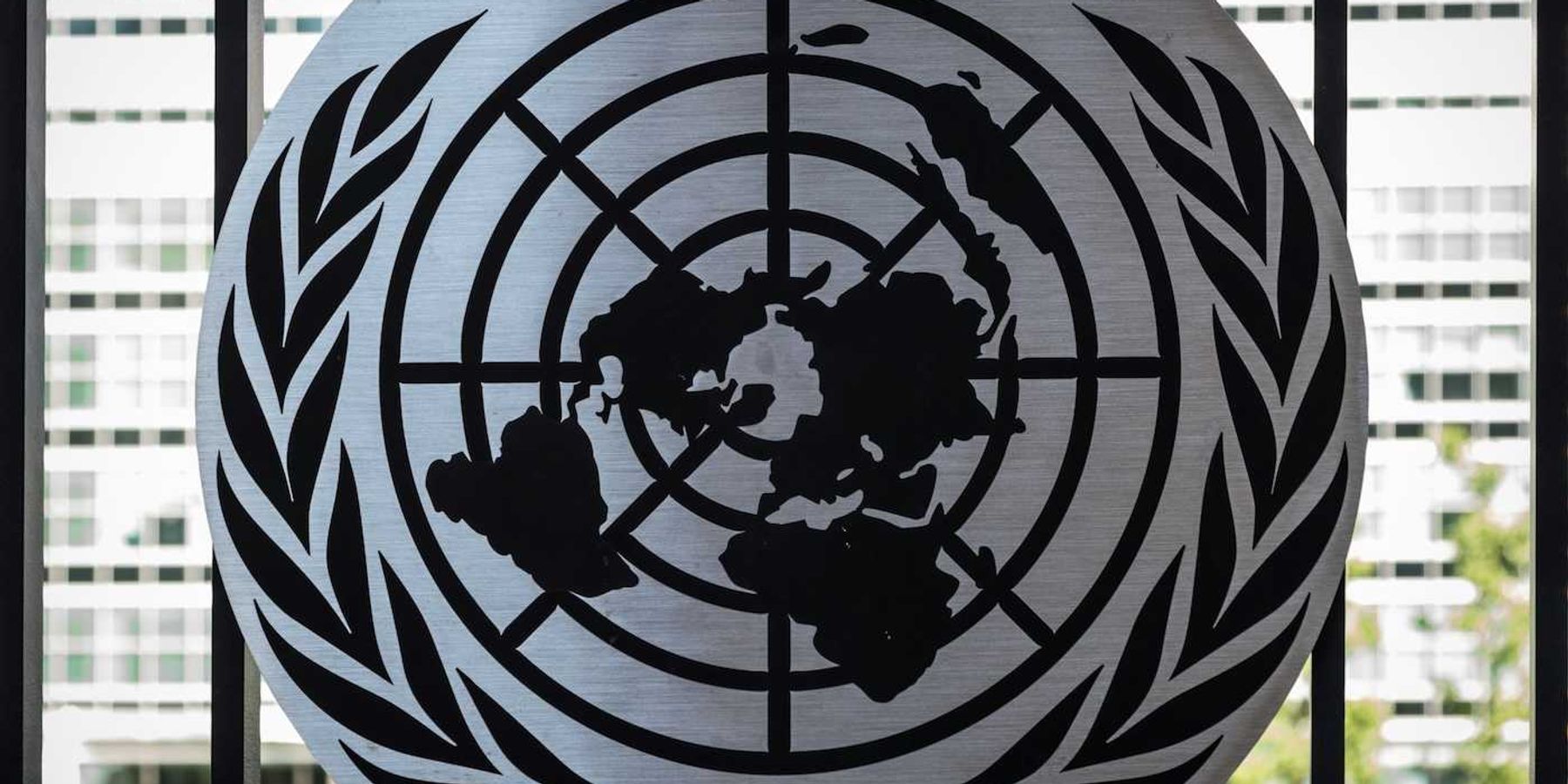Banks pressured to tighten climate strategies for agriculture sector
Despite constituting a small fraction of their portfolios, big banks' financing of the industrial livestock industry plays a disproportionately large role in global greenhouse emissions, a recent environmental report reveals.
Meg Duff reports for Capital & Main.
In short:
- A new report indicates big banks' funding of the industrial livestock sector is significant for its climate impact, despite being a minor part of their loan portfolios.
- Among the banks, three major ones account for 60% of financial backing to the largest animal agriculture companies, which are key in emissions.
- Proposed solutions include mandatory emissions reporting and reduction plans for these companies, aligning with global climate objectives.
Key quote:
"We're saying to them, 'Look, this is something that is a very, very tiny portion of your portfolio, but could actually make massive strides towards your own stated climate commitments,'"
— Monique Mikhail, campaigns director of Friends of the Earth’s Agriculture & Climate Finance program
Why this matters:
The financing from major banks helps sustain and expand these operations, directly linking them to the environmental impact associated with industrial livestock farming. This support extends not only to the farms themselves but also to the entire supply chain, including feed production, animal breeding, meat processing, and distribution networks, all of which contribute to the carbon footprint of the industry.













